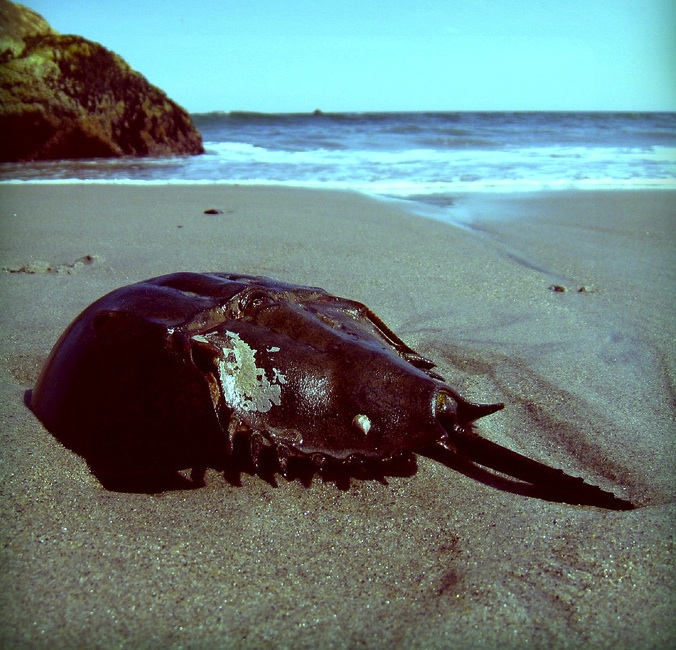There’s No Such Thing as a ‘Living Fossil’
Though Darwin coined the term ‘living fossil,’ if he were around today he’d probably agree that it’s time to retire it

Photo: moarplease
“Living fossil” once seemed an accurate label for a creature like the tadpole shrimp, a seemingly prehistoric animal with no close living relatives. These fingernail-size crustaceans, which pop up in desert ponds, look about the same as their ancestors looked way back in the Triassic period.
Aardvarks, hagfish, horseshoe crabs have all been called “living fossils,” too. But Ed Yong, writing for The Scientist, argues that it may be time to retire this term. Just because these animals appear similar to ancient organisms does not mean they have side stepped evolution for the past 265 million years. Scientists writing in the journal PeerJ began looking into this and other curious cases of purported living fossils, Yong explains:
One by one, the classic examples—horseshoe crabs, coelacanths, cycads, and more—have turned out to be very different from the fossils that they apparently resemble, either at a genetic level or through subtle physical changes. Their recognizable nature is a red herring—these creatures simply did not exist in their current form millions of years ago.
The tadpole shrimp, for example, turns out to include 38 distinct species, descended from two subtypes that diverged a relatively recent 73 million years ago. The organism is constantly adapting to new conditions, even if its general body plan remains the same. Though Darwin coined the term “living fossil,” Yong argues that he probably would concede to retire it were he around today.
More from Smithsonian.com:
Cruising the Fossil Freeway
Computer Are Good Fossil Hunters
/https://tf-cmsv2-smithsonianmag-media.s3.amazonaws.com/accounts/headshot/Rachel-Nuwer-240.jpg)
/https://tf-cmsv2-smithsonianmag-media.s3.amazonaws.com/accounts/headshot/Rachel-Nuwer-240.jpg)